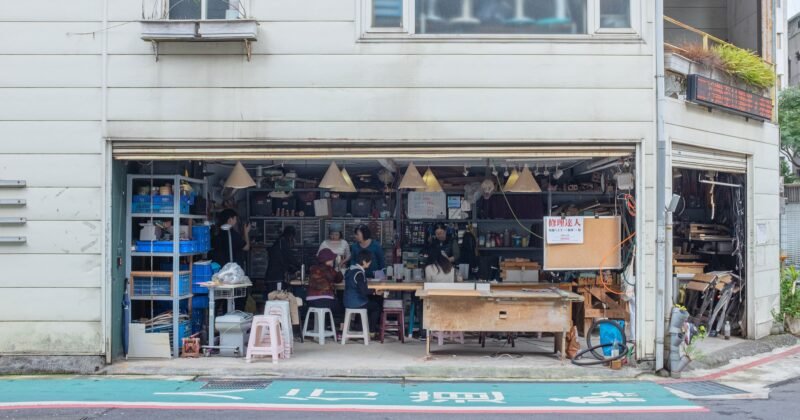Trend 10: Food In The Cloud

It was the year of the web restaurant. This concept of home-based cooking services is emerging worldwide, being part of a trend addressing sustainability issues in a crisis economy. Last year Springwise wrote about the strongly related ‘sellsuming’ trend (“selling is the new saving”) covering several initatives, such as Book of Cooks, a US-based online marketplace that helps consumers find local chefs who are willing to cook for them. Some time ago, Milla reported about a cool social media-based project in Sweden in which energy provider Vattenfall enables people to save energy by dining together. In France, the initiative Super Marmite kicked off for cooks to sell their extra servings. For the people in the lowlands there is Tweetjemee, a web service for home-based cooks to serve people nearby. The idea is that anyone with cooking skills can prepare some extra food and sell this to others that do not feel to cook. A ‘neighborhood chef’ can easily start a so-called ‘webtaurant’ (web restaurant) by signing up on the website.

For backyard farmers there are also several initiatives emerging that are a missing link between food and the Internet. Think of the Swedish iPhone app Farmshop, or Portland-based initiative Veggietrader — an online marketplace for buying and selling homegrown products that come right from the backyard. The service was started as an effort to stimulate good eating habits, save money and make the most of the environment. For the people without a backyard to grow vegetables there is another interesting sub-trend to spot: ‘sidewalk harvesting’. Among the examples are the Urbana-Champaign Fruit Map (a collection of all places to go for your dose of free fruit in the region of Champaign, Illinois) and the recently launched fresh Android application Boskoi, a new open source project that aims to unlock “the collective knowledge about (…) edible species and their location”. It enables users to submit own findings and post these to the application. To combine the data collected by all kinds of sidewalk harvesting projects, the people behind Boskoi are planning to create a ‘Forage Markup Language’ in order to make the knowledge available to everyone.
This article belongs to the Top 10 Trends For 2011. Over the last year we have been writing articles about urban culture and innovations in cities on a daily basis. Reflecting on 2010 and looking into 2011 we have put together a list with ten of the most remarkable trends that we spotted. We would like to deepen them out a little in a series of articles published this week on Pop-Up City.



